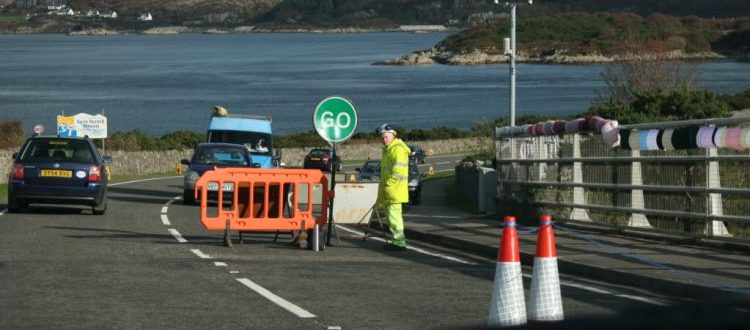Here are the different devices used in controlling and maintaining traffic, as well as their respective functions.
Question: What are Traffic Control Devices and what are they used for?
Traffic Control Devices can be broken into several categories and a whole bunch of subcategories, but I’ll stay with the general categories for sake of brevity here.
The main category would be signs, which encompass road signs, street signs, highway signs, and traffic signs.
Sign Categories
This category will include stop signs, speed limit signs, parking signs, warning signs, construction signs, street name signs, highway number and type signs like Interstate 75 or State Highway 231, yield signs, one way signs, do not enter signs, keep right or keep left signs, etc.
There are also signs which mark national monuments and national parks, as well as state parks, and point-of-interest signs.
Then there are custom highway signs like the ones on the interstate that advertise gas stations and fast food restaurants. These usually are placed on the front side of exit signs.
While this isn’t exhaustive, it does hit the high points of signs. Most traffic signs, at least those specified by the state and national departments of transportation utilize various grades of reflective sheeting in the manufacturing and printing of road signs.
Reflective Sign Grading
Most signs built in the past few years use diamond grade or hi-intensity prismatic (HIP) reflective films, depending on the usage. Diamond grade 3 (DG3) is used on pretty much all school zone signs, whereas both DG3 and HIP are used for most other state or federal DOT projects where a greater degree of reflectivity is required.
Traffic Signals
Another major category of traffic control devices include signals. Traffic signals are the most common, which feature the red “stop” light, the yellow “caution” light, and the green “go” light. There are also flashing red lights which signal a stop sign, and 4 way flashing red lights which are used at high speed or congested traffic area 4-way stops.
Barricades
Of course, there are the signals and barricades at railroad crossings. Ignore those at your own peril!
School Zone Signs
Finally, in this category are the flashing school zone sign lights, which are mounted with the signs that signal motorists that they are entering a school zone, and that there are children present in the area.
Construction Signs
The third major traffic control signs I’ll mention are construction zone signs, warning flashing lights, and barricades. These signs, in the US, are always orange with black copy and legends.
Traffic barricades are most often plastic barrels or cones which utilize hi-intensity reflective tape to alert motorists at night time that they are in a construction zone. It is now frequent for US interstate highway projects in urban areas to be constructed at night so as to not disrupt the flow of business traffic during the daylight hours.
Other types of barricades are portable plastic or metal barricades (replacing the old wood barricades of the past). These use orange and white diagonal striping on horizontal slats, held up by stands, and are used to signal that a road or lane is closed completely to all but construction traffic.
Human Traffic Controller
A fourth category could be considered the human factor of traffic control. This would include the “flagger” who has a stop sign on one side of a handheld pole or paddle, and a slow sign on the other. These flaggers are used in area, mostly, where one lane of traffic needs to stop so the opposing line of traffic can move ahead, and visa versa.
In situations where there is a stadium which has just had a big game, traffic cops with whistles may signal traffic to stop or go as they see it building up in one direction or another.
And of course, the city, county, and state police can also be included, sort of, as traffic control devices. These officers are charged with keeping the streets, roads, and highways safe by enforcing speed limits and drunk driving laws, to name a couple things they do.
Traffic Safety
Recently, due to budget shortages, some have charged that safety is less of a concern than obtaining revenue for the state or city coffers for many states, cities, and counties.
So, now I’ll get on a soapbox and tell you what I learned about this in our state (Washington). Recently, the head of the State Patrol (WSP), was on TV with the governor, proclaiming the need to crack down on speeders. Of course, all red-blooded Americans want to crack down on speeders, right? Why, they’re dangerous!
So, I went online and reviewed traffic stats for the State of Washington. In 1988, Washington returned the interstate speed limit to 70MPH. From 1988 to 2008, traffic increased around 60%. But the accident rate stayed the same! This translates to about a 30%+ decrease in accidents in real terms.
So, I would have to agree that while safety is important, much of the current drive to “crack down on speeders” has less to do with your safety and more to do with picking your pockets to keep the bureaucrats of the world living well.
Read here to see more about traffic signs and control devices.
Popular Posts:




